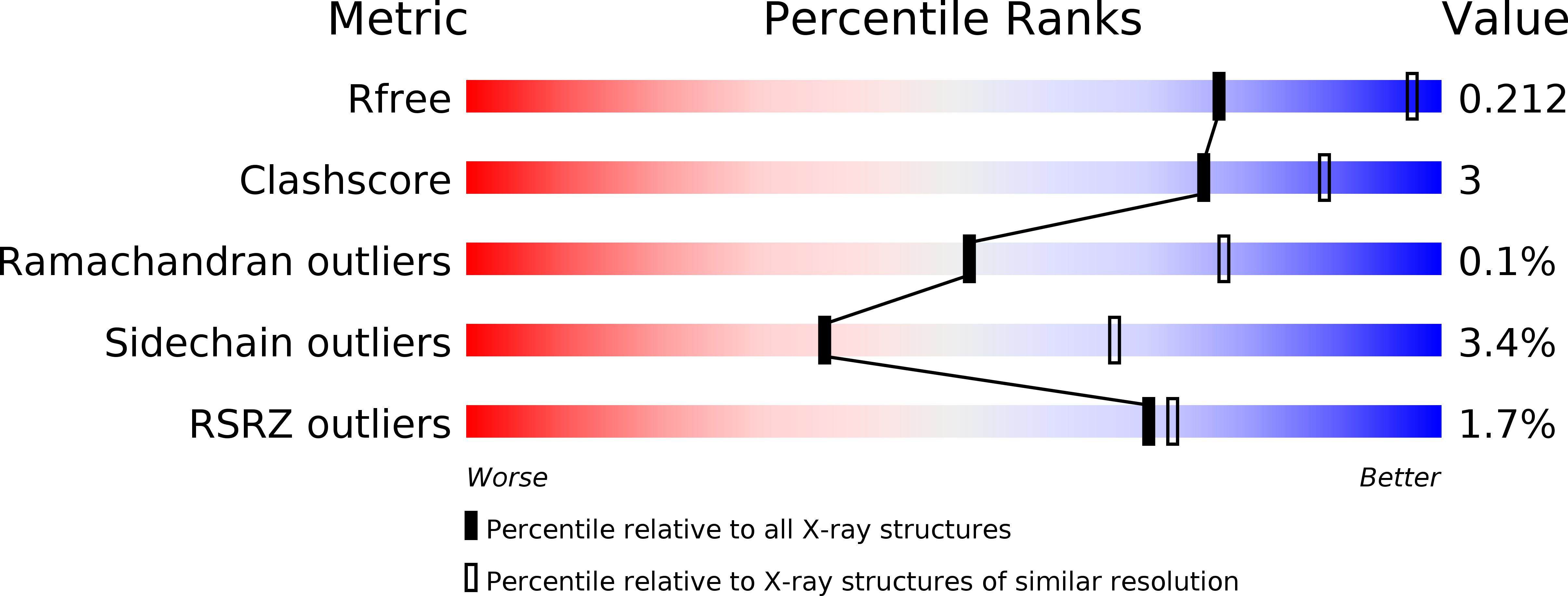
Deposition Date
2015-10-29
Release Date
2016-01-20
Last Version Date
2024-11-06
Entry Detail
PDB ID:
5EIA
Keywords:
Title:
mACHE-anti TZ2PA5 complex from a 1:6 mixture of the syn/anti isomers
Biological Source:
Source Organism:
Mus musculus (Taxon ID: 10090)
Host Organism:
Method Details:
Experimental Method:
Resolution:
2.70 Å
R-Value Free:
0.20
R-Value Work:
0.17
R-Value Observed:
0.17
Space Group:
P 21 21 21


